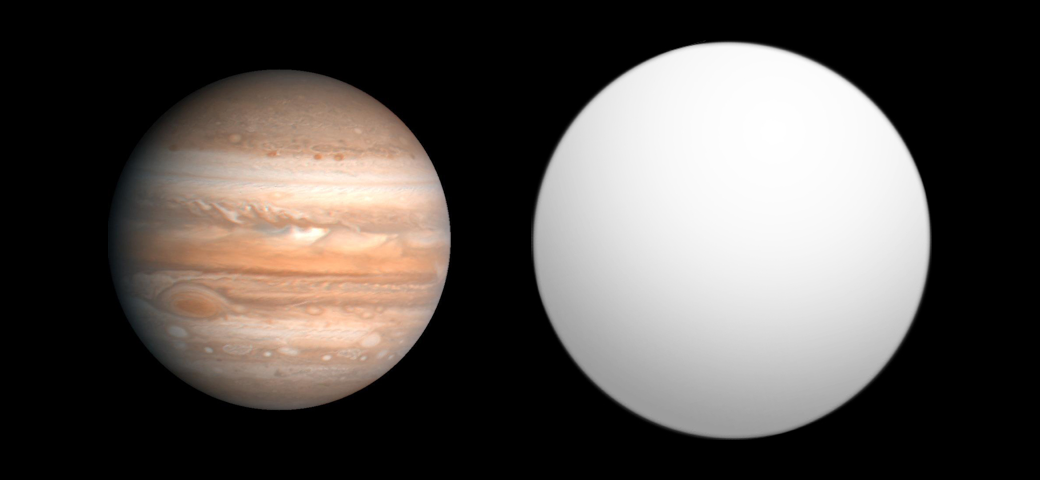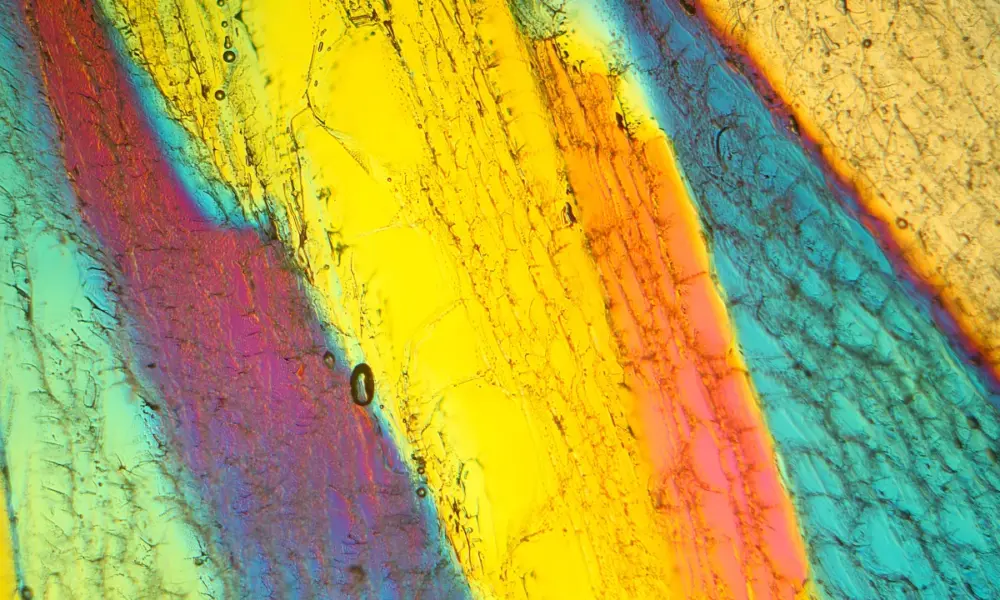Astronomers have achieved a significant milestone by creating the first three-dimensional map of the exoplanet WASP-18b, located approximately 400 light years from Earth. This groundbreaking development allows scientists to better understand the atmospheric conditions of distant planets, marking a major step forward in exoplanetary research.
WASP-18b is classified as an “ultra-hot Jupiter,” boasting a mass nearly ten times that of Jupiter. It orbits its star in a mere 23 hours, with surface temperatures reaching nearly 5,000 degrees Fahrenheit. These extreme conditions lead to the breakdown of water vapor molecules in its atmosphere. The newly created map reveals the distribution of these harsh atmospheric conditions in three dimensions.
Innovative Techniques and Groundbreaking Discoveries
The creation of this 3D map relied on a method known as spectroscopic eclipse mapping, which was applied for the first time using data from the James Webb Space Telescope. The technique involves observing the planet as it passes behind its host star, causing different regions of WASP-18b to intermittently disappear from view. By measuring minute variations in brightness during these eclipses, scientists can link specific areas of the planet to corresponding changes in light.
One of the most innovative aspects of this research lies in the ability to observe eclipses across multiple wavelengths simultaneously. Different wavelengths of light interact with atmospheric molecules in distinct ways. For example, water vapor absorbs specific infrared wavelengths while allowing others to pass through. This enables researchers to construct brightness maps at various wavelengths, which are then converted into temperature profiles, creating a comprehensive 3D representation of the planet.
The resulting map highlighted diverse, spectroscopically distinct regions across the dayside of WASP-18b, the hemisphere always facing its star due to tidal locking. These areas exhibit significant variations in temperature and potentially in chemical composition. This finding confirms that distant exoplanets possess complex and varied atmospheres that warrant further study.
Implications for Future Exoplanet Research
The implications of this breakthrough extend well beyond WASP-18b. Hot Jupiters like this one constitute hundreds of the over 6,000 confirmed exoplanets currently known. Many of these planets, with sufficient brightness, are observable via the James Webb Space Telescope, opening up new avenues for detailed analysis.
This advancement allows astronomers to view distant worlds not merely as indistinct points of light but as dynamic, three-dimensional environments. The ability to map atmospheric features could revolutionize how scientists study these planets, similar to how we have long observed the storms on Jupiter.
Future observations using the James Webb Space Telescope could enhance the spatial resolution of these maps. Applying this technique to additional hot Jupiters will contribute to a broader understanding of atmospheric diversity across this entire class of planets. What began as a proof of concept for a single extreme world may soon develop into a comprehensive survey, revealing exoplanets as tangible locations with their own geography, weather patterns, and atmospheric structures that can be observed and analyzed.
As this field of study evolves, astronomers are poised to uncover even more about the fascinating atmospheres of worlds beyond our Solar System.







